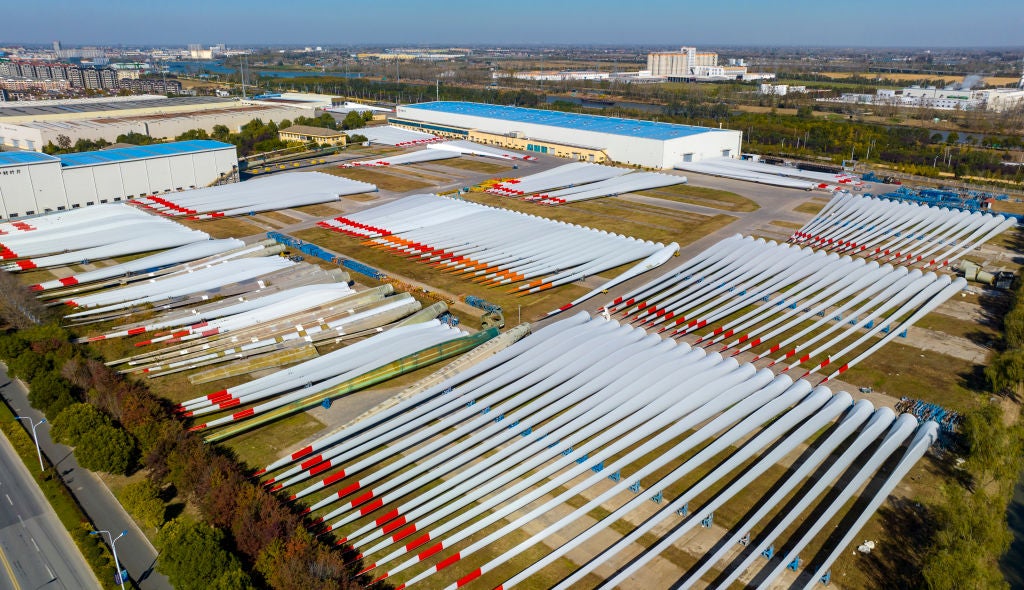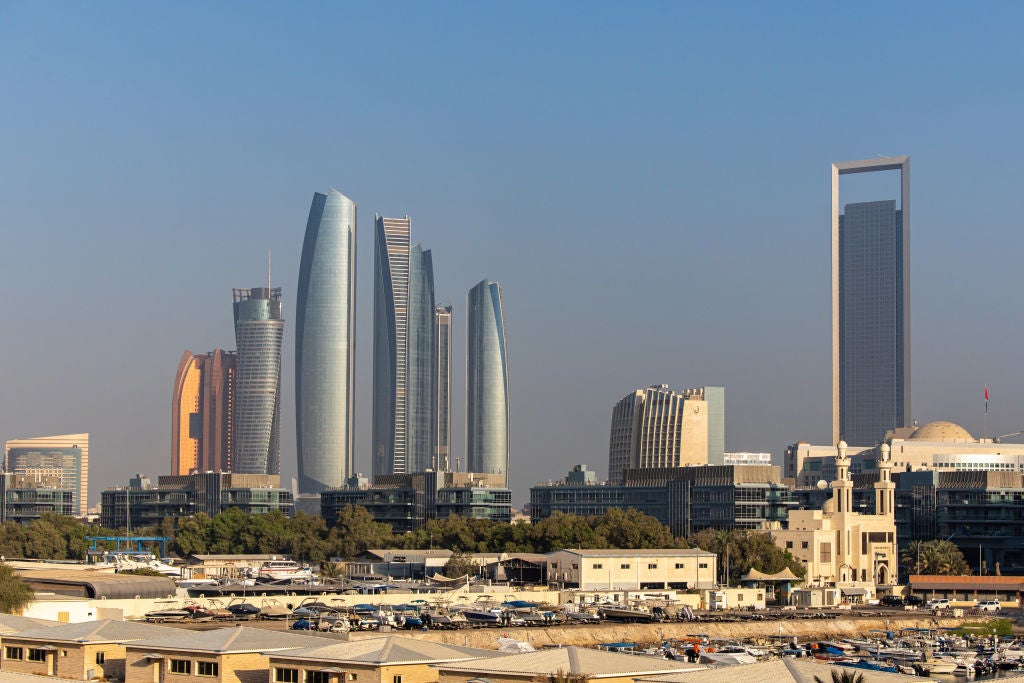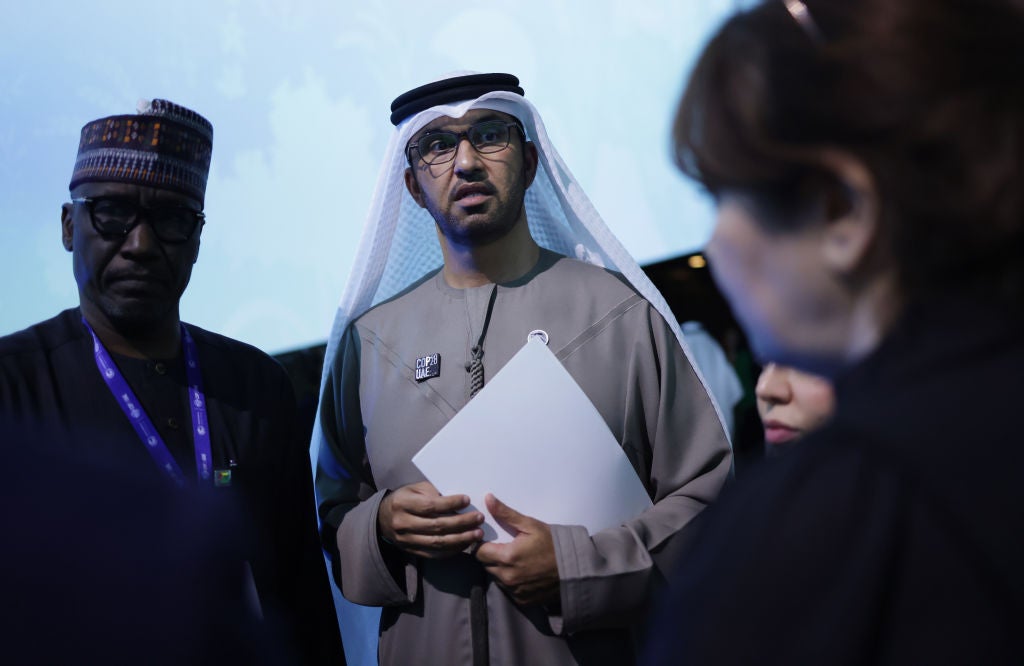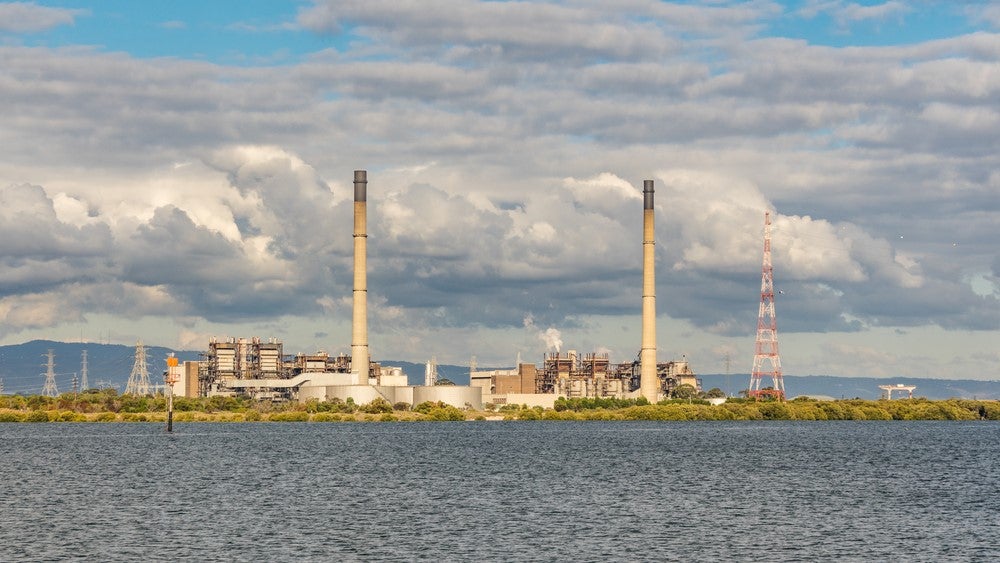In the run up to COP28, revelations that its host the United Arab Emirates (UAE) plans to use the UN climate summit to broker oil and gas deals have put fossil fuels firmly in the limelight. Some countries are pushing for a global commitment to phase them out. Others would prefer a phase down. At the same time, more than 60 countries reportedly back a pledge led by the EU, US and UAE to triple global renewable energy capacity by 2030.
Antony Froggatt, deputy director for climate at the think tank Chatham House, recently told Energy Monitor that were countries to agree to this target, it would be a “landmark moment".
“[It] would require a total transformation of the energy sector, even in countries in Europe, which have so far led on renewables penetration globally,” Froggatt said.
A recent report from climate think tank Ember lays out what is needed for a global tripling of renewable energy capacity to 11TW by 2030.
2023 will set a new record for renewables deployment, with an additional 440-500GW of capacity projected by the end of the year, according to the International Energy Agency (IEA). This means the world would more than double its renewables capacity by 2030 if it continues to deploy at the same rate, the IEA notes.
Keeping in mind the exponential growth rates seen already, which have led to a "dramatic rise" in renewable additions in 2023, Ember is "confident" that a tripling of renewables by 2030 is within reach.
To reach the global target of 11,000GW, annual additions must keep rising by 17% each year from 2024 to 2030, Ember says. In other words, "the world needs to maintain the same growth rate in annual additions from 2023 to 2030 as it has achieved since 2016".
As things currently stand, global renewable capacity would more than double if governments deliver on their existing 2030 targets. Ember’s analysis includes targets stated explicitly by individual countries, as well as ‘implicit’ targets, which are sourced from official projections or credible third-party studies based on current renewable support policies.
The think tank notes that a global tripling of renewables capacity does not mean every country is required to triple – “some will do more, some less, depending in part on their starting point”.
Nonetheless, the think tank finds that ten countries: the Czech Republic, Estonia, Hungary, India, Indonesia, Ireland, Israel, Lithuania, the Philippines and Saudi Arabia have already set national targets that aim for a tripling or more of their 2022 renewables capacity.
A total of 12 countries – Australia, Brazil, Chile, China, France, Japan, Morocco, the Netherlands, South Korea, Spain, Sweden and the UAE – are set to add more renewables capacity in 2023 than the annual average required to meet their existing 2030 national targets.
In 22 countries, prospective project development pipelines for wind and utility-scale solar alone exceed the total renewables capacity that needs to be built between now and 2030 in order to meet national targets, suggesting it would be "possible to raise the target further".
Of those 22 countries, 15 have more than double the prospective capacity in wind and utility-scale solar than would be required to meet their current 2030 target, Ember adds. These include Colombia, Brazil, Australia and Vietnam.
Such margins bode well for the new target to triple global renewable capacity by 2030, although to reach it, no country can afford to take its foot off the pedal, Ember warns. For example, the fact that national targets do not currently represent the speed at which countries are deploying renewables could hinder investment. An increase in targets could "signal to investors and the renewable energy industry that the market will grow even larger", Ember suggests, which would have the effect of "encouraging this pipeline to expand even more".














